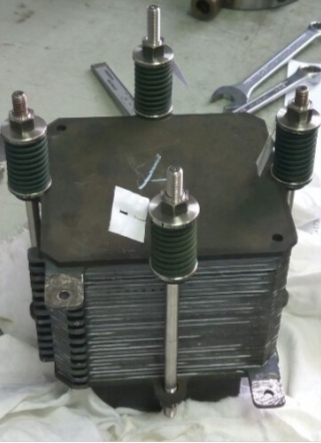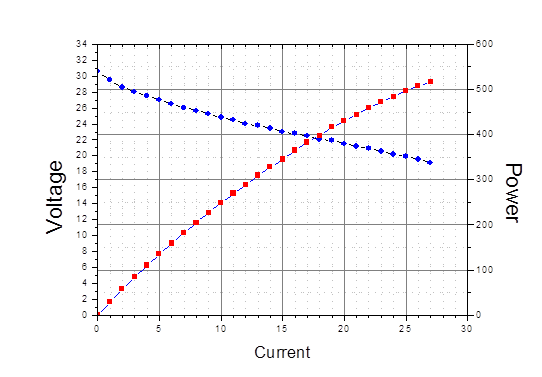Development and production of SOFC component base and stacks with power output of 500 – 1000 W at the Institute of Solid State Physics RAS
Inventors: Sergey I. Bredikhin
Mobile phone: +7 905 74-81-741
E-mail: This email address is being protected from spambots. You need JavaScript enabled to view it.
Modern thermal electricity industry is based on the so-called electromechanical methods of energy conversion when heat energy of fuel combustion is converted into mechanical rotational energy which is converted into electric energy in an electric generator. An alternative to electromechanical converters (EMC) is fuel cell (FC) related to the methods of direct energy conversion. Fuel cells are electrochemical devices using hydrogen, carbon monoxide or hydrocarbon fuels (gaseous and liquid ones), as well as atmospheric oxygen, to generate electric energy. The process of electric energy generation in fuel cells is much more efficient than that in EMCs with comparable power. Moreover, in FCs there are no moving parts and role of fuel combustion is minimized that makes the process noiseless and pollution-free.
Today, there is no more efficient method of fuel chemical energy conversion into electric energy than solid oxide fuel cells (SOFCs). Power plants based on SOFCs have a number of important advantages. Electrical energy efficiency of such systems attains 60% and that when using hybrid systems with gas turbines permitting to use the energy of exhaust gases attains up to 70%. Cogeneration of electric and heat power (for instance, for space heating) enables to increase total efficiency up to 90%. The absence of moving parts allows power systems to demonstrate total operation time before replacing the stacks at the level of 30,000-40,000 hours (3-5 years), and service interval exceeds 10,000 hours (more than a year).
Institute of Solid State Physics RAS has been conducting systematic comprehensive R&D since 2003 with the aims of:
- Development of laboratory scalable technology of planar SOFC fabrication.
- Development, fabrication and testing of unit planar SOFCs with a size of 100x100 mm and specific power output of not less than 250 mW/cm2.
- Variant engineering of the design of experimental stack model made of SOFCs with a size of 100x100 mm2 and power output of 500 W.
- Developments of draft design documentation on a stack made of SOFCs with a size of 100x100 mm2 and power output of 500 W.
- Fabrication and testing of SOFC stacks with power output of 500 W.
Scientific and technological base in development and fabrication of unit planar SOFCs.
Scientific and technological base:
optimal compositions of ionic conductors for fabrication of an anion conductor membrane have been determined;
three-layered design of anion conductor membranes permitting to produce flexible mechanically strong membranes with high anion conductivity has been developed and patented;
design of multilayer electrodes with gradient composition and microstructure, i.e., a three-layered cathode and a four-layered anode, has been developed;
temperature regime of formation of multilayered electrodes in one high-temperature annealing has been optimized.
Technological route of membrane-electrode assembly (MEA) production (the level of membranes and membrane-electrode assemblies):


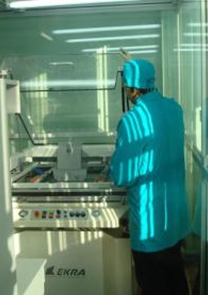
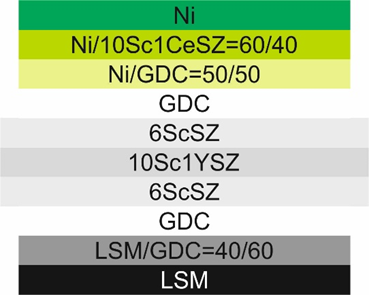

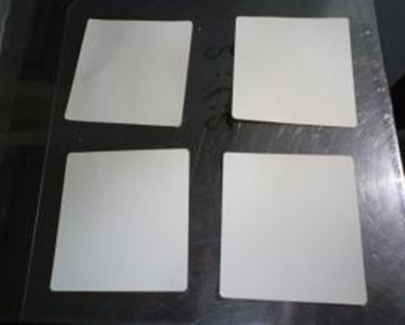
The level of SOFC stacks
Design of a stack:
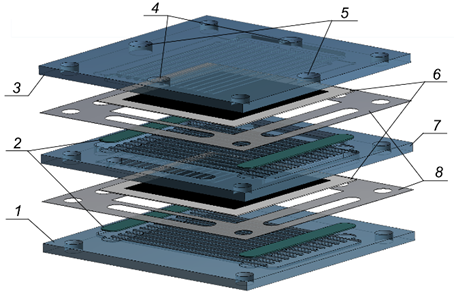
Bipolar current collectors with protective coating:
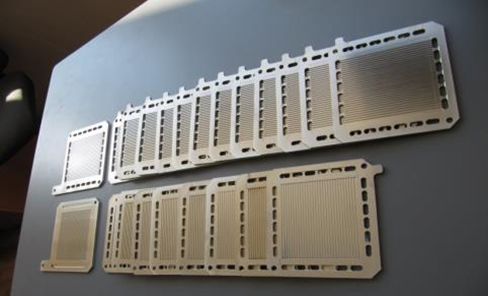
Current collectors with SOFCs:
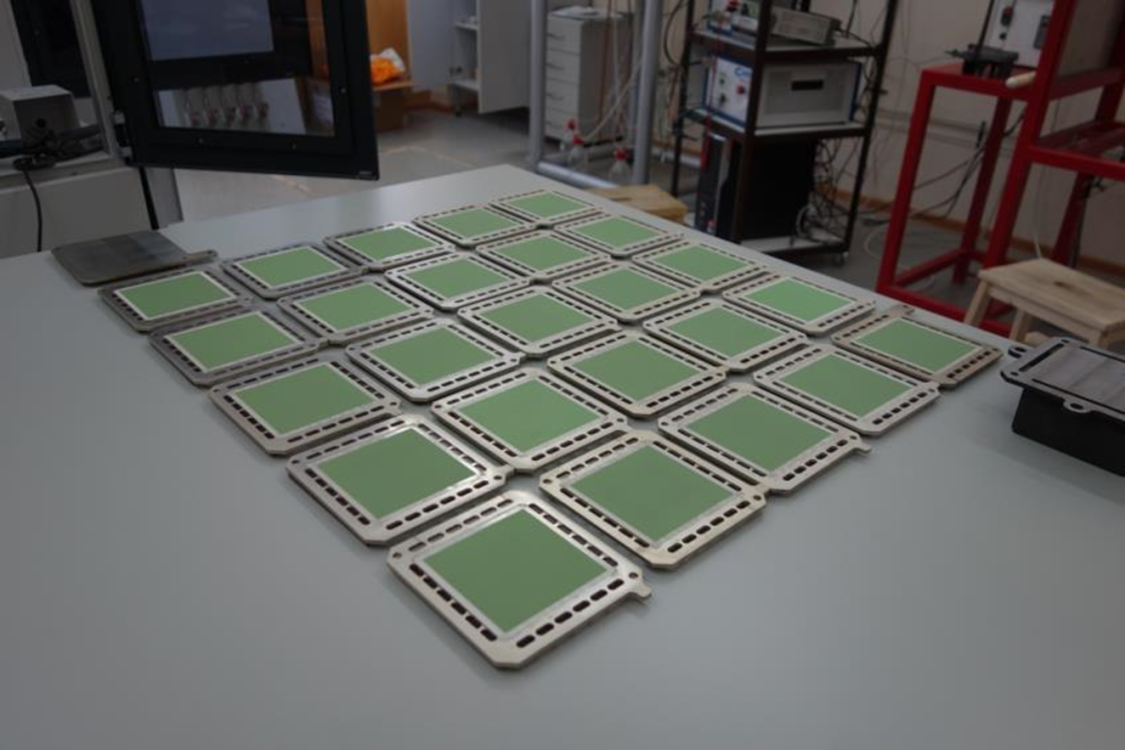
SOFC stack:
